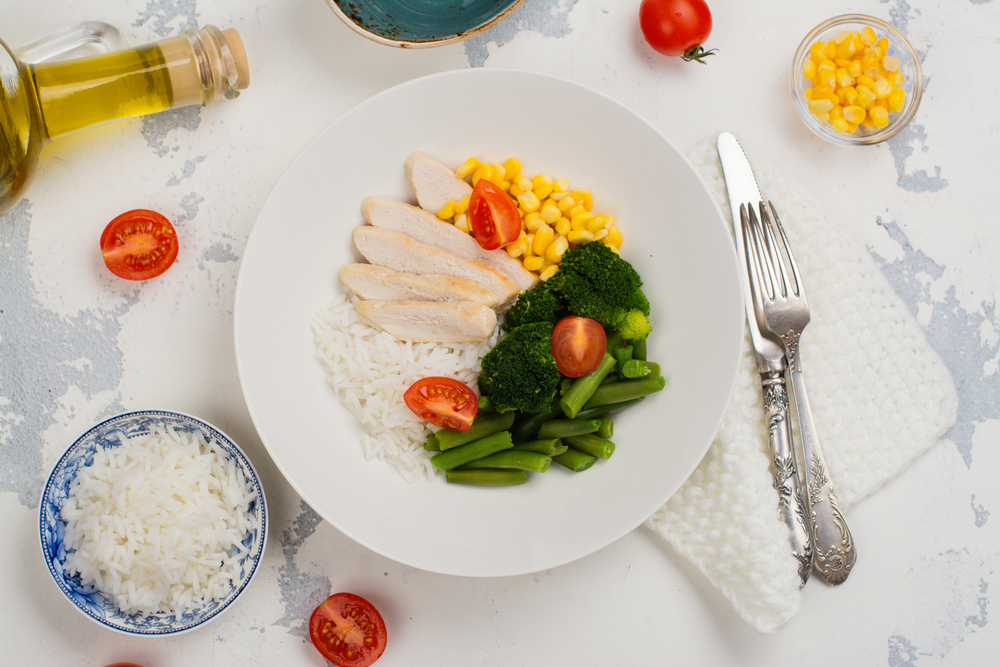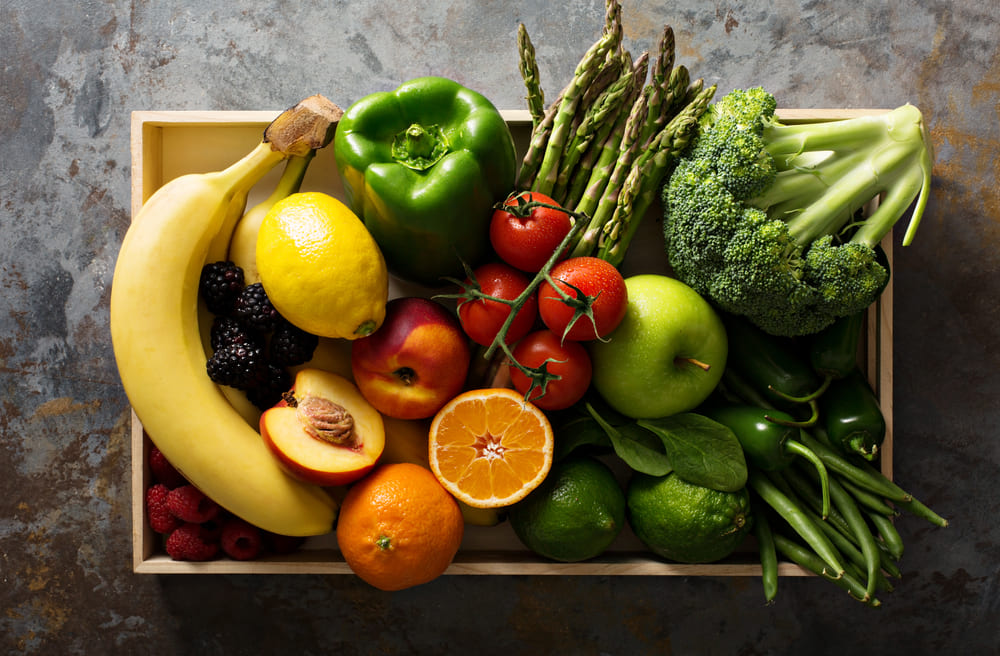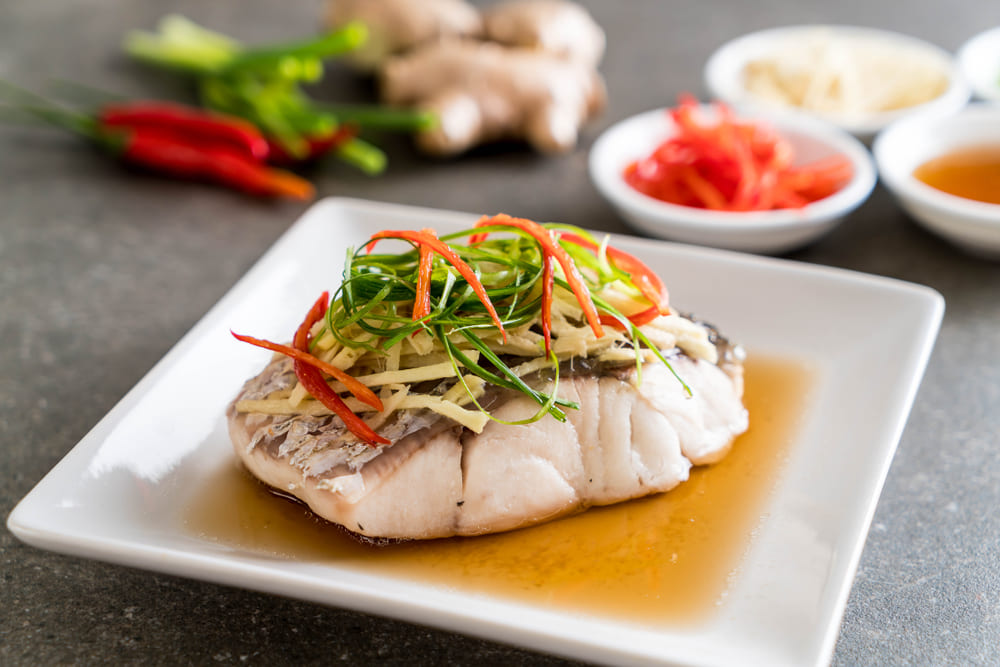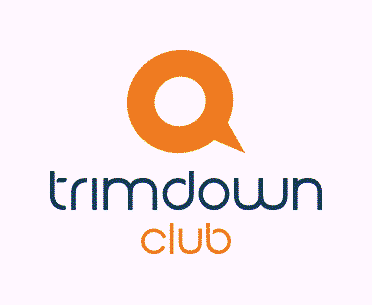Balancing Your Plate: What Type 1 Diabetics Can & Can’t Eat
Updated February 14, 2023.

If you've been diagnosed with type 1 diabetes, you may be feeling overwhelmed with all the lifestyle changes you have to make. From diabetic medications and injections to dietary restrictions, it can all get confusing.
When it comes to the nutrition aspect, it's important to establish a healthy, balanced diet. Although you can still eat any food you want as long as you count carbs and adjust your insulin doses, your diet should be low in saturated fats, sugars, and salt. Below, we help you balance your plate and successfully lose weight with type 1 diabetes.
3 Steps to Balance Your Plate
Drastically cutting calories and carbs can leave you feeling fatigued all day. On the other hand, a well-balanced diet will keep you energized throughout the day because its nutrients help you stay strong and healthy.
To manage your blood sugar and support your weight loss goals through your diet, you should follow the diabetes plate method. Here's what it entails:
1. Fill Half Your Plate With Non-Starchy Vegetables
Vegetables such as tomatoes, green beans, celery, cucumbers, and mushrooms are low in carbs, so they don't spike your glucose levels. In addition to being rich in vitamins, minerals, and antioxidants, their high fiber content helps improve blood sugar control.
2. Fill a Quarter of Your Plate With Lean Protein
Animal protein is high in saturated fats, so it's best for diabetics to opt for lean cuts of meat. If you're vegan or vegetarian, keep in mind that plant-based protein foods like lentils and chickpeas tend to be high in carbohydrates. However, you can safely add lean protein foods such as chicken, eggs, salmon, and cheese to your diabetic diet plan.
3. Fill a Quarter of Your Plate With Carbohydrates
Instead of loading your plate with rice or pasta, your serving of these foods should be just one-fourth of your plate. You can have brown rice, whole grain pasta, rolled or steel-cut oats, and more. Foods such as butternut squash, kidney beans, and yogurt all fall in this category since they have high carb content, and limiting your carb intake is key for keeping your blood sugar low.
» Experiencing food cravings? Battle them with these healthy treats
4 Tips for Healthy Eating With Type 1 Diabetes
Although the general guidelines for eating healthy are the same for everyone, type 1 diabetics can especially benefit from the following four tips.
1. Eat Lots of Fruits and Vegetables
The high fiber content of fruits and vegetables is helpful in managing blood sugar, making these foods the ideal choice for a diabetes diet. What's more, with so many options for fruits and veggies out there, you can have a varied meal plan and still enjoy its benefits for diabetes.
2. Include Whole Grains in Your Diet
Whole grains have a low glycemic index, so they don't spike your glucose or insulin levels. As the body digests the complex carbohydrates in whole grains, your sugar levels rise very slowly, which prevents spikes and crashes and helps maintain stable blood glucose levels.
This makes whole grains an integral part of a successful diet plan for type 1 diabetics, and they're also beneficial for those with prediabetes because they increase insulin sensitivity.
3. Swap Red Meat for Lean Meats, Fish, and Soy Products
Red meat is high in saturated fat, so it's better for diabetics to avoid it. You should also avoid trans fat since both of these raise unhealthy cholesterol levels. Instead, opt for fish, lean meats, and soy in your diabetes diet as low-glycemic alternatives to red meat.
4. Avoid Processed Foods
Highly processed foods usually contain refined flour and sugar in various forms, which spike insulin and blood glucose levels. They also tend to have chemical additives such as artificial colors, flavors, and preservatives, which is in itself unhealthy.
Frequent intake of processed foods is associated with an increased risk of diabetes or diabetes complications, so avoiding these is usually the safe choice for people with type 1 diabetes.
» Need to improve insulin resistance? Add these herbs to your diet
Balance Your Type 1 Diabetes Diet With Trim Down Club
For diabetics, it's important to maintain stable glucose levels to avoid negative health consequences. To make sure your diet is balanced and suited to type 1 diabetes, follow these tips and include the appropriate foods.
And if you want your meal plan tailored according to your specific needs and preferences, you can rely on Trim Down Club for recipes suitable for diabetics. Start your journey towards a customized and flexible meal plan by taking Trim Down Club's quick diabetes quiz!









